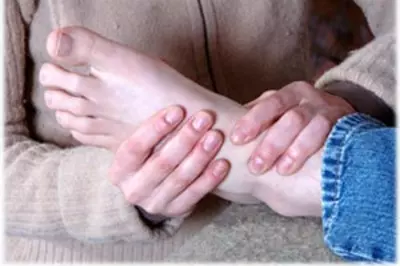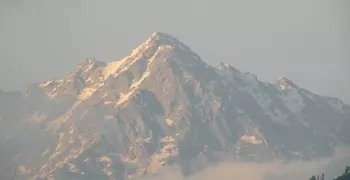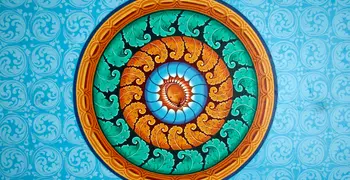Reflexology

What Is the History of Reflexology?
Contributor(s)
Reviewer(s)
Share
Because reflexology is an ancient practice, its origin and history is difficult to track. However, reflexology is thought to have been passed down through an oral tradition, and possibly first recorded as a pictograph on the Egyptian tomb of Ankhamor in 2330 BC along with other medical procedures. Reflexology symbols are thought to be recorded on the feet of statues of Buddha in India and later China.
A brief timeline
- The Chinese classic, the Yellow Emperor's Classic of Internal Medicine, which was written around 1,000 BC, has a chapter on "Examining Foot Method" and is the beginning of discussions in print about the connection of life force and points and areas on the feet.
- It is believed that Marco Polo translated a Chinese massage book into Italian in the 1300s, thus introducing reflexology and massage to Europe. In 1582, a book on an integral element of reflexology called zone therapy was first published in Europe by Dr. Adamus and Dr. A'tatis.
- In the United States, William H. Fitzgerald, MD, who is frequently referred to as the father of reflexology, wrote in 1917 about ten vertical zones that extended the length of the body. He found that the application of pressure to a zone that corresponded to the location of an injury could serve as relief of pain during minor surgeries.
- Dr. Fitzgerald's work was expanded by Dr. Shelby Riley, who developed a map of horizontal zones going across the body and a detailed map of reflex points on the feet and hands. He also suggested pressure points on the outer ear.
- Eunice Ingham, a physiotherapist who worked for Dr. Riley, is another prominent figure in the development of reflexology. In her research with zone therapy's pressure points, she found the feet to be the most sensitive and responsive. She developed the foot maps and reflexology charts still in use today and introduced reflexology practices to the non-medical community in the 1930s.
- In 1957, Dr. Paul Nogier recorded a reflex map of points on the outer ear. His work has been expanded by Oleson and Flocco and is now being taught as part of an integrated approach to hand, ear and foot reflexology.

